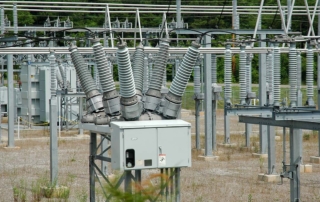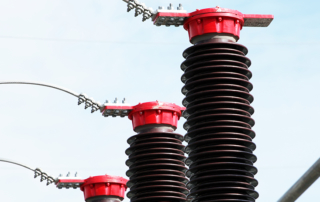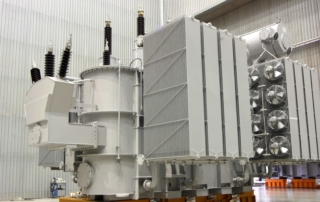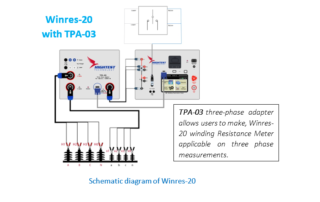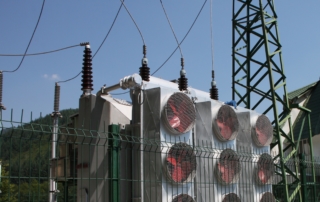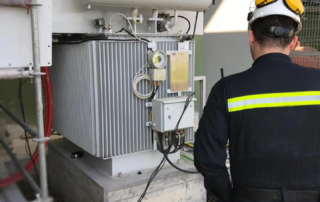Circuit Breaker Testing
WHAT IS CIRCUIT BREAKER & WHY SHOULD WE TEST IT? Circuit breakers allow the flow of energy to be controlled by safely switching current on and off at all voltage levels of the energy grid. In the opened position, they have to ensure isolation across the switching distance between phases and to ground, in the closed position, they have to allows the energy to flow with minimum losses. They need to be able to reliably interrupt short circuit currents without damaging themselves or adjacent equipment even after long idling times. Different circuit breaker technologies are in use depending on voltage level, application and the age of their design. […]


